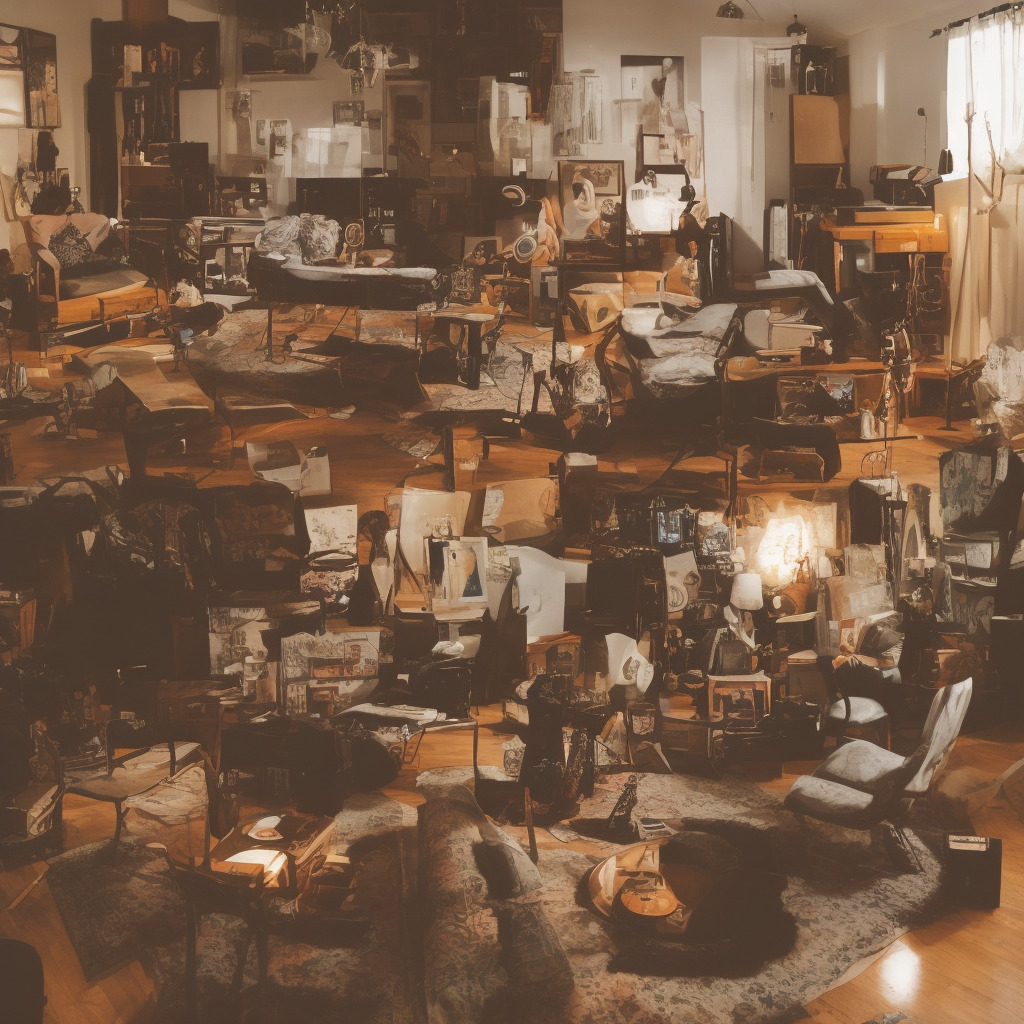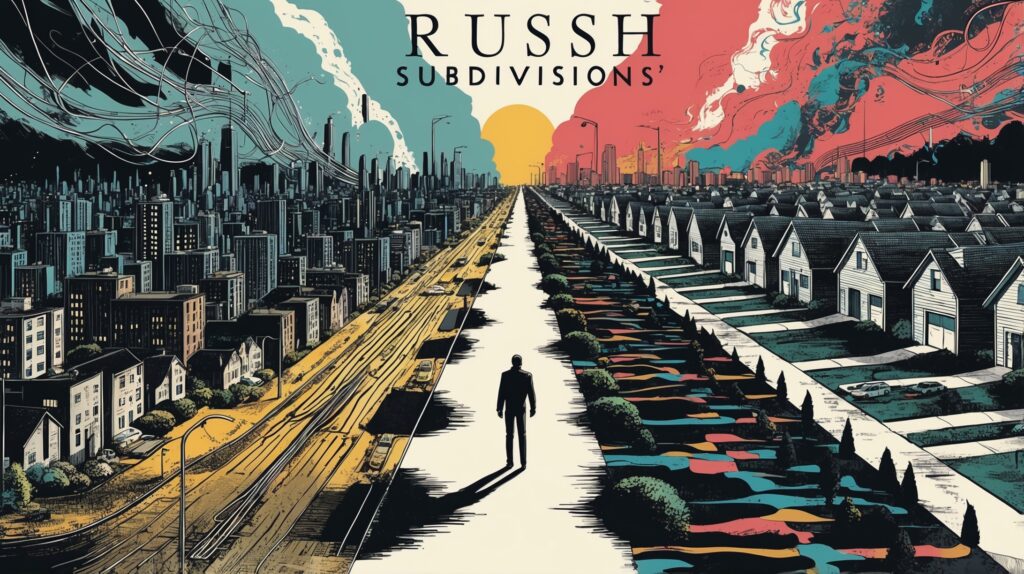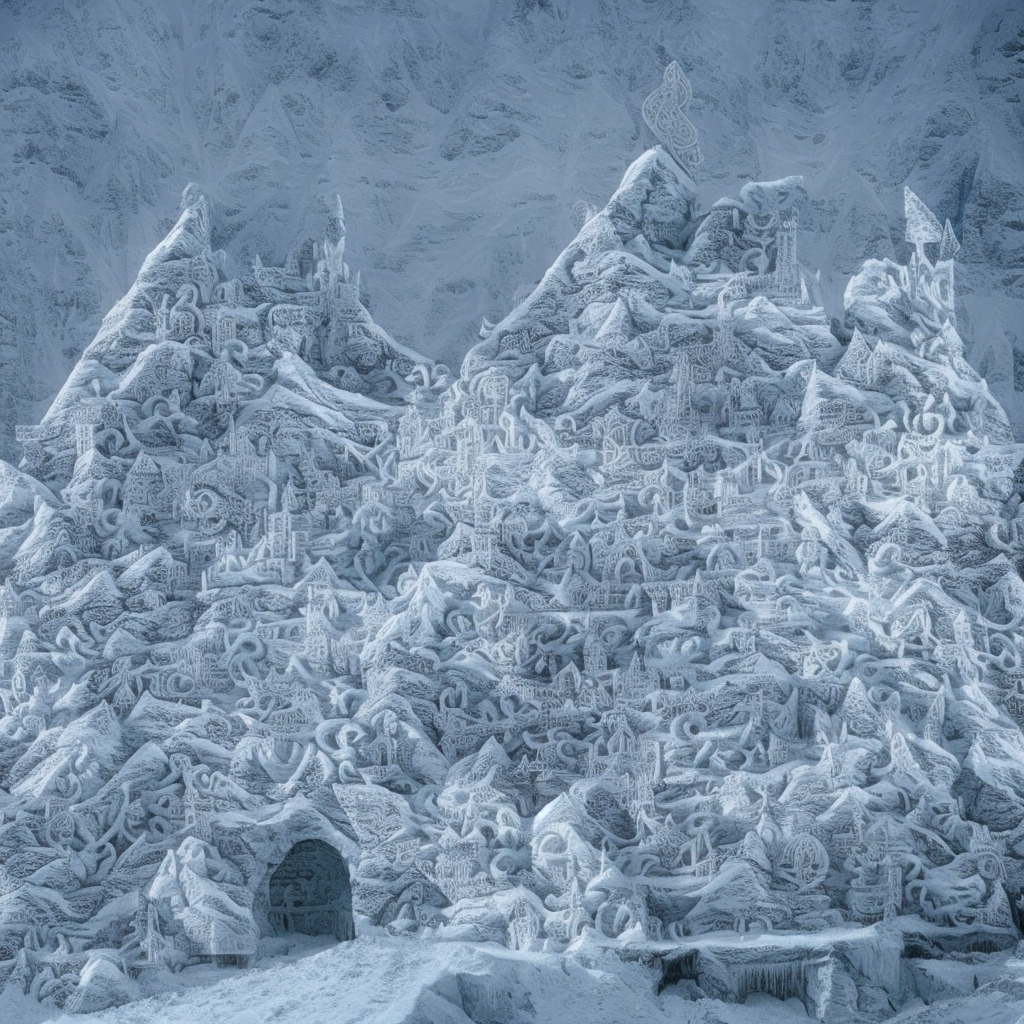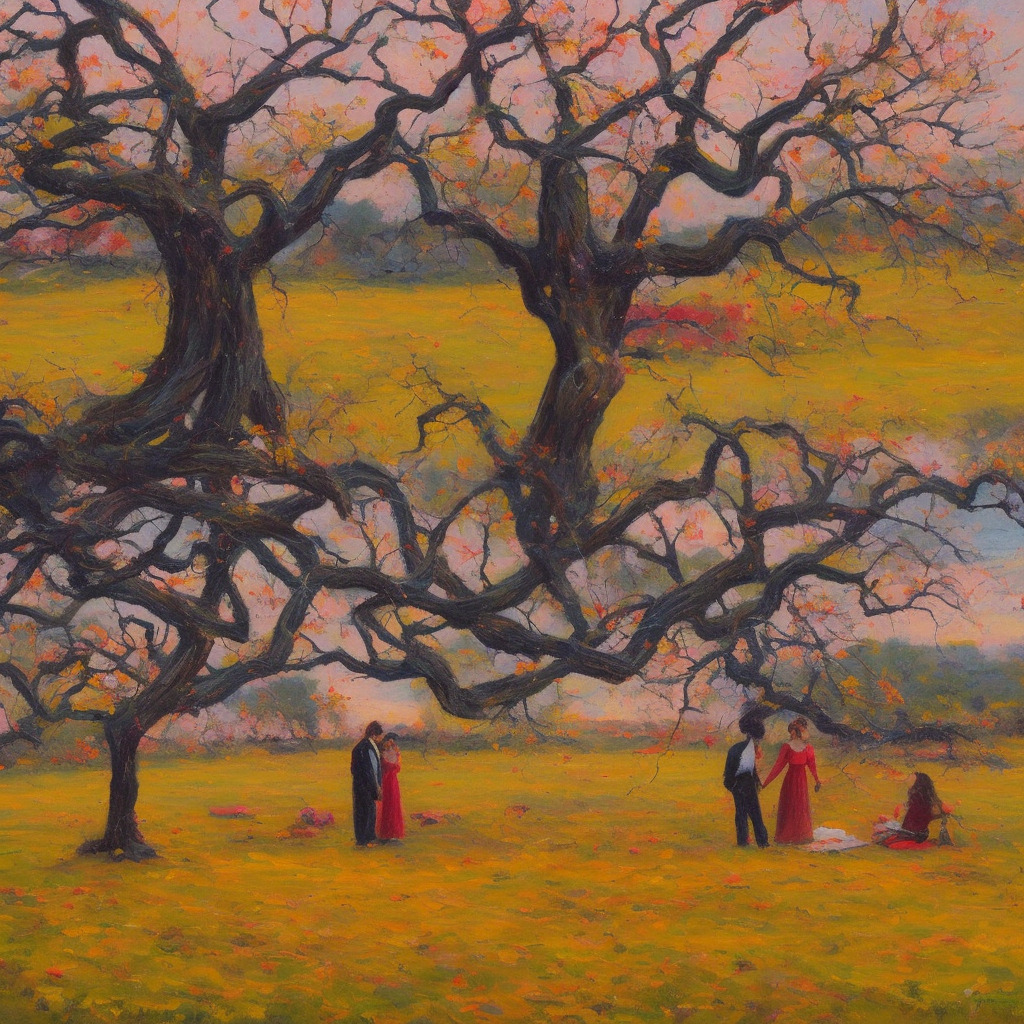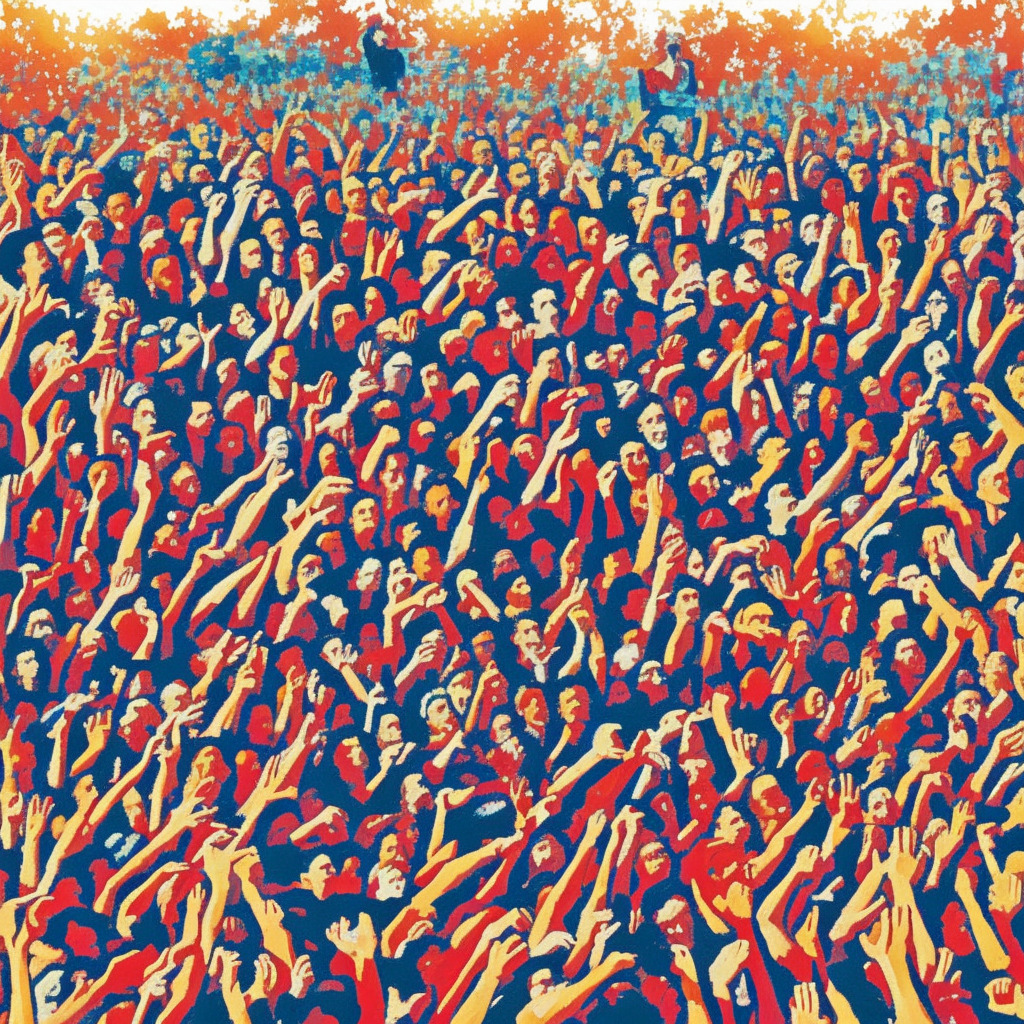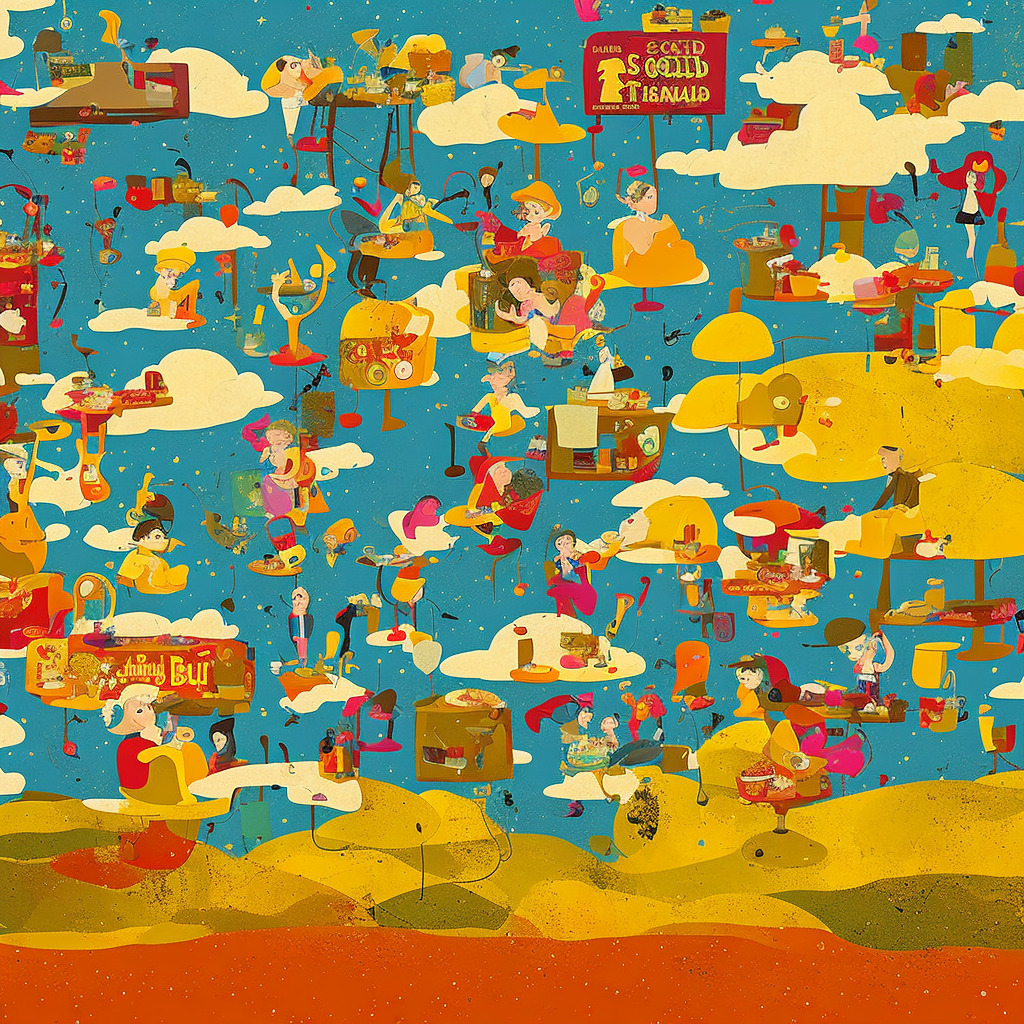? Did you know? #ThaDoggPound’s “Let’s Play House” sampled a 70s funk classic by #Parliament! ? Groove to retro vibes with a hip-hop twist ? & let’s get nostalgic! ? #MusicTrivia #HipHopGems #LetsPlayHouse #FunkadelicFunFact ? Read about it: tinyurl.com/yw2azfp3
Tha Dogg Pound: Taking us Down Memory Lane with a Classic Gem
“Tha Dogg Pound’s timeless fusion of gangsta rap and smooth R&B in ‘Let’s Play House’ cements their legacy as West Coast G-funk pioneers amid a turbulent yet iconic hip-hop era.”
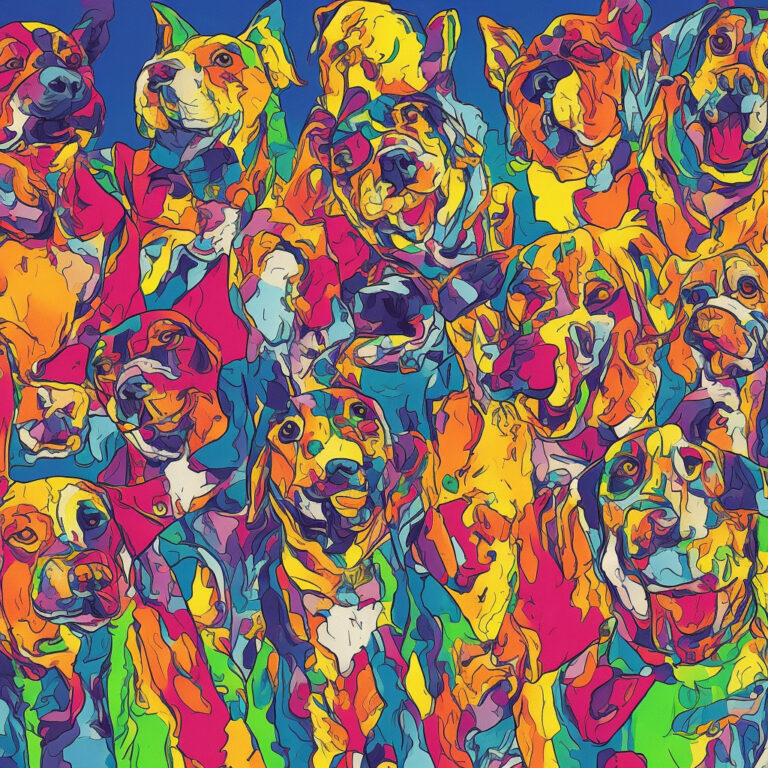
Tha Dogg Pound, a dynamic hip-hop duo comprised of rappers Kurupt and Daz Dillinger, emerged in the 1990s West Coast rap scene as part of the Death Row Records family. With their distinct lyrical prowess and commanding presence, they were a force to be reckoned with, playing a significant role in popularizing the distinctive West Coast G-funk sound. With their debut studio album “Dogg Food” (1995), they achieved platinum status, solidifying their place in the annals of hip-hop history.
“Let’s Play House” is an iconic track that showcases Tha Dogg Pound’s ability to blend gangsta storylines with infectious grooves. It was released as a single in 1996 and features the talents of fellow Death Row artists Michel’le, Nate Dogg, and Dr. Dre. The song’s unique fusion of smooth R&B vocals, catchy hooks, and hardcore rap verses allows it to stand the test of time. In essence, “Let’s Play House” epitomizes the golden era of West Coast hip-hop.
While Tha Dogg Pound was highly influential in the genre, the duo has experienced its fair share of controversies and setbacks. In the late ’90s, they got embroiled in the infamous East Coast-West Coast hip-hop feud, which somewhat tainted their image. Furthermore, despite the initial commercial success of “Dogg Food,” subsequent albums failed to match the same level of impact, arguably due to the decline of Death Row Records in the late ’90s and early 2000s.
On the accolades front, Tha Dogg Pound has earned their rightful place in hip-hop history, receiving multiple award nominations throughout their career. They snagged the prestigious Source Award for Album of the Year in 1996 and were nominated for Best Rap Video at the MTV Video Music Awards in 2001.
In conclusion, Tha Dogg Pound’s “Let’s Play House” serves as a testament to their raw talent and lasting impact on the West Coast hip-hop scene. Despite the controversies and less successful releases that followed, there’s no denying that the duo left an indelible mark on the genre with their distinctive G-funk sound and lyrical mastery.
Charting the Journey of a West Coast Classic
“Let’s Play House” – Tha Dogg Pound’s infectious, chart-climbing testament to West Coast rap’s golden era, resonating with fans and solidifying its classic status in hip-hop history.
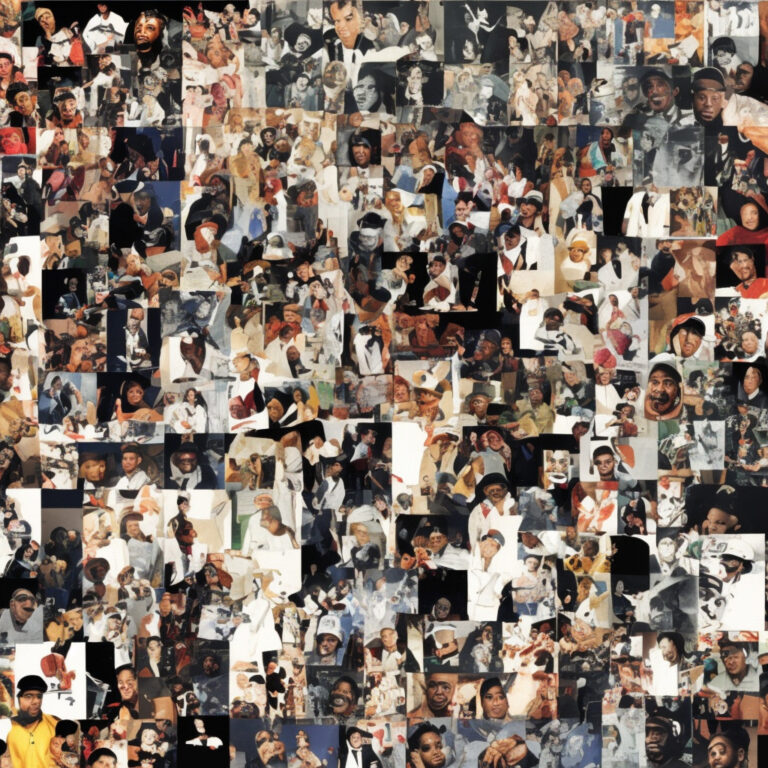
When it comes to chart performance, “Let’s Play House” by Tha Dogg Pound, which was released as a single on October 31, 1995, managed to leave an impression on the music scene at that time. The track, from their debut studio album, “Dogg Food,” showcased both members of the duo – Daz Dillinger and Kurupt – at their best, and featured Michel’le and Nate Dogg on the chorus.
Initially, “Let’s Play House” entered the US Billboard Hot 100 at position 74 on November 25, 1995. The song’s infectious groove and memorable hooks quickly resonated with listeners, and it steadily climbed the charts, peaking at an impressive #32 on January 6, 1996. This marked an important milestone for Tha Dogg Pound, as it was their second highest-charting single on the Hot 100, following their debut single “New York, New York” which peaked at #8.
In addition to its success on the Hot 100, “Let’s Play House” also made waves in other charts. It reached #5 on Billboard’s Hot Rap Songs chart on December 16, 1995 and held its position for three weeks, showcasing the duo’s undeniable impact within the hip-hop community. On the Hot R&B/Hip-Hop Songs chart, the track peaked at #11 on January 13, 1996, further solidifying its status as a hit amongst fans of the genre.
The success of “Let’s Play House” didn’t just end in the US; it also made its mark across the pond in the UK. Although it didn’t break into the UK Singles Chart’s Top 40, it managed to reach #65 on February 10, 1996, highlighting Tha Dogg Pound’s growing international appeal.
Overall, the chart performance of “Let’s Play House” is a testament to Tha Dogg Pound’s prowess as hip-hop artists during a golden era of West Coast rap. The song’s undeniable groove and memorable hooks ensured its place as a classic, earning its rightful spot in the annals of hip-hop history.
Dissecting the Lyrics of the G-Funk Era
Verse 1: Daz Dillinger
You ain’t tryin to hotbox with me, I swing hard liquor
Goin down by the second round, all hail the underground
How that sound? DPG rolls the day
A special guest, nigga eighteen inches
Spokes and all, first class from the Long Beach to Compton
As I got niggas tryin’ to see me for my hundred-spoke Daytonas
And they’ll be ridin ’til the wheels fall off
Yeah nigga, I got my mind on that nine
Sittin’ by the door because tonight, yeah
We gonna do it Dogg Pound gangsta style, nigga
Chorus: Nate Dogg
Every single day and night
I can hardly wait for a taste of your love
Make me wanna play house, house, house
Verse 2: Kurupt
Every single day I need ya
And every night I wanna squeeze ya
Life ain’t long, it’s kinda short
And I was thinkin’ someday we ought to play house, house
“Let’s Play House” by Tha Dogg Pound is a song deeply rooted in the era of G-Funk, and its lyrics showcase the spirit of the time. Released in 1995, the song speaks to the hedonistic and sometimes violent tendencies that were commonplace in the music scene during this period.
In the first verse, Daz Dillinger raps about drinking hard liquor, representing the party lifestyle common in the G-Funk era. He also references the underground scene and the rivalry between different gangs, which was a significant aspect of this period, particularly in the West Coast hip-hop community. The mention of the “nine” (a 9mm handgun) by the door suggests the ever-present threat of violence and the need to be prepared for potential conflict.
The chorus, sung by Nate Dogg, takes on a more sensual tone, expressing a longing for intimacy and the desire to “play house” with a love interest. This juxtaposition of partying, violence, and love was a common theme in the hip-hop scene of the time, reflecting the complexities of life in the urban environment.
In the second verse, Kurupt continues to explore the theme of love and desire, acknowledging that life is short and that someday he and his love interest should “play house.” This sentiment ties back to the overarching themes of the era, as it highlights the need to seize the moment and enjoy life, even in the face of hardship and danger.
Overall, the lyrics of “Let’s Play House” encapsulate the spirit of the G-Funk era, capturing the gritty realities of urban life, as well as the desire for love and enjoyment in the face of adversity.
Unveiling the Music Video: A Glimpse into Tha Dogg Pound’s “Let’s Play House”
Dive into ’90s West Coast hip-hop nostalgia with Tha Dogg Pound’s “Let’s Play House” music video – a Dr. Dre-directed, house party-fueled visual delight featuring Michel’le and Nate Dogg.
Directed by the talented Dr. Dre himself, the music video for “Let’s Play House” by Tha Dogg Pound showcases the raw energy and distinctive visuals that are synonymous with the iconic hip-hop duo from the ’90s. As a single from their debut album, “Dogg Food,” released in 1995, “Let’s Play House” features the talents of Michel’le, a prominent R&B singer of the time, and the late Nate Dogg, who delivers the smooth and catchy hook that this song is known for.
The music video, shot on location in Los Angeles, features a production quality that was ahead of its time for the era. With a moderate budget, the team was able to create a cohesive and immersive visual experience that stays true to the spirit of the song. The video begins with a brief skit that showcases the playful nature of Tha Dogg Pound, setting the tone for what’s to come. As the beat kicks in, we’re introduced to the main setting: a lively house party filled with friends and fans.
Throughout the video, crisp shots of the performers are intercut with scenes from the house party, showcasing both the camaraderie and the laid-back atmosphere that defined the West Coast hip-hop scene of the time. Tha Dogg Pound’s Daz Dillinger and Kurupt are seen engaging with the crowd, dancing, and rapping, while Michel’le and Nate Dogg also make their appearances, further emphasizing the collaborative nature of this track.
In terms of artistic approach, the “Let’s Play House” music video displays a penchant for natural lighting, which serves to highlight the authentic, slice-of-life atmosphere. In addition, the director’s choice of using both close-ups and wide-angle shots adds depth and variety to the visuals, ensuring that the viewer’s attention is maintained throughout the video’s duration.
Though there is no official, high-quality version of the “Let’s Play House” music video available on YouTube, numerous fan-uploaded videos and tributes can be found on the platform. These videos serve as a testament to the song’s enduring popularity and its impact on hip-hop culture.
Overall, the “Let’s Play House” music video is a fitting representation of the spirit and style of Tha Dogg Pound, providing fans with a visual experience that captures the essence of this iconic track.
The Maestro Behind “Let’s Play House”
The composer of “Let’s Play House” is none other than the legendary Delmar “Daz” Arnaud, who is also known by his stage name Daz Dillinger. As an integral part of Tha Dogg Pound, Daz not only contributed to this classic hip-hop tune, but also played a prominent role in shaping the West Coast G-Funk sound in the ’90s. Daz’s undeniable talent for composition and production is evident in his collaborations with other big names such as Snoop Dogg, Dr. Dre, and Tupac Shakur. Among his many accomplishments, Daz co-produced the widely celebrated track “2 of Amerikaz Most Wanted” by Tupac and Snoop Dogg, which further cemented his position as a prolific composer and producer in the world of hip-hop.
Awards, Accolades, and Notable Appearances
Chart-topping classic “Let’s Play House” by Tha Dogg Pound maintains its timeless appeal, gracing soundtracks and inspiring covers across generations.
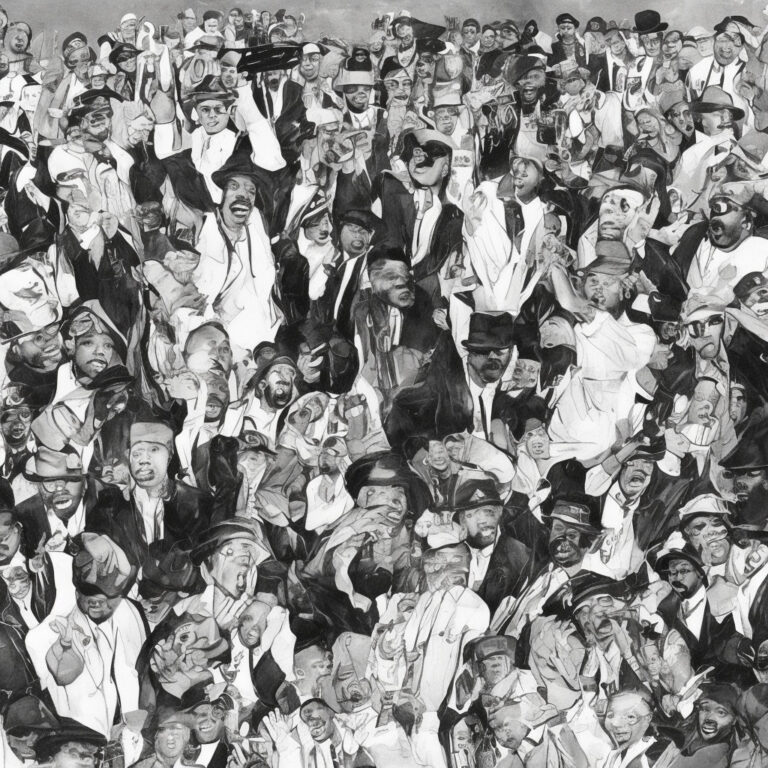
“Let’s Play House” by Tha Dogg Pound has enjoyed its fair share of success and recognition since its release. The song, a collaborative effort between Tha Dogg Pound, Michel’le, and Nate Dogg, was a chart-topping hit back in the day. In fact, it peaked at #32 on the Billboard Hot 100 and an impressive #8 on the Hot R&B/Hip-Hop Songs chart. This further cemented Tha Dogg Pound’s status as a powerhouse in the world of hip hop.
Over the years, “Let’s Play House” has been featured in various forms of media, which has contributed to its staying power as a fan-favorite track. The song made its way into the soundtrack of the 1996 crime drama movie “Sunset Park,” starring Rhea Perlman and Fredro Starr. The film’s soundtrack, filled with a mix of hip hop and R&B tracks, perfectly complemented the movie’s gritty, urban setting, and “Let’s Play House” served as a memorable addition to the line-up.
As a testament to the song’s popularity, several artists have gone on to create their own renditions or cover versions of “Let’s Play House.” Among them is a stripped-down, acoustic cover by singer-songwriter Desi Valentine, which highlights the track’s melodic qualities while giving it a fresh, soulful twist.
To this day, “Let’s Play House” remains a beloved classic in the hip hop community, and it’s not uncommon for it to be featured in throwback playlists or to hear it sampled in new music. The song’s timeless appeal and catchy hook have ensured that it continues to be celebrated and enjoyed by hip hop fans of all ages.
Delving into the Musical Structure
As we explore the nitty-gritty of “Let’s Play House,” it’s important to appreciate the musical elements that set this track apart from others in Tha Dogg Pound’s discography. The song is primarily composed in the key of G minor, which imparts a somewhat moody and intense atmosphere to the music. This minor tonality is a common choice in hip-hop, particularly for the gangsta rap subgenre, as it complements the often gritty and raw lyrical content.
The chord progression in “Let’s Play House” follows a relatively simple structure, with the main sequence being Gm – Eb – F – Bb. This four-chord pattern is looped throughout the track, allowing the listener to focus on the rhythmic and lyrical components of the song. The simplicity of the chord structure is not a weakness, but rather a strength, as it creates a solid foundation on which the dynamic interplay between the beat and the rapped verses can unfold.
The beat itself is a crucial aspect of “Let’s Play House,” and it’s here that we find one of the most distinctive elements of the track – its tempo. Hovering around 93 beats per minute (BPM), the tempo is slightly slower than what is typically found in hip-hop tracks of the time. This slower pace works well for the song, as it allows the listener to fully absorb the rhythmic intricacies and the lyrical flow of the rappers.
The use of samples and loops is another key aspect of the track’s production. “Let’s Play House” prominently features a sample from the Parliament song “Let’s Play House,” which provides not only the melodic hook but also the thematic inspiration for the track. This sample is expertly woven into the fabric of the song, melding seamlessly with the other musical elements and adding a touch of nostalgia and familiarity to the mix.
Overall, the musical structure of “Let’s Play House” is a masterclass in simplicity and effectiveness. The minor key tonality, four-chord progression, and slower tempo all work together to create an atmosphere that perfectly complements the lyrical content and delivery of Tha Dogg Pound’s rappers. Combined with the expert use of samples and loops, these elements come together to form a track that is both engaging and memorable.

